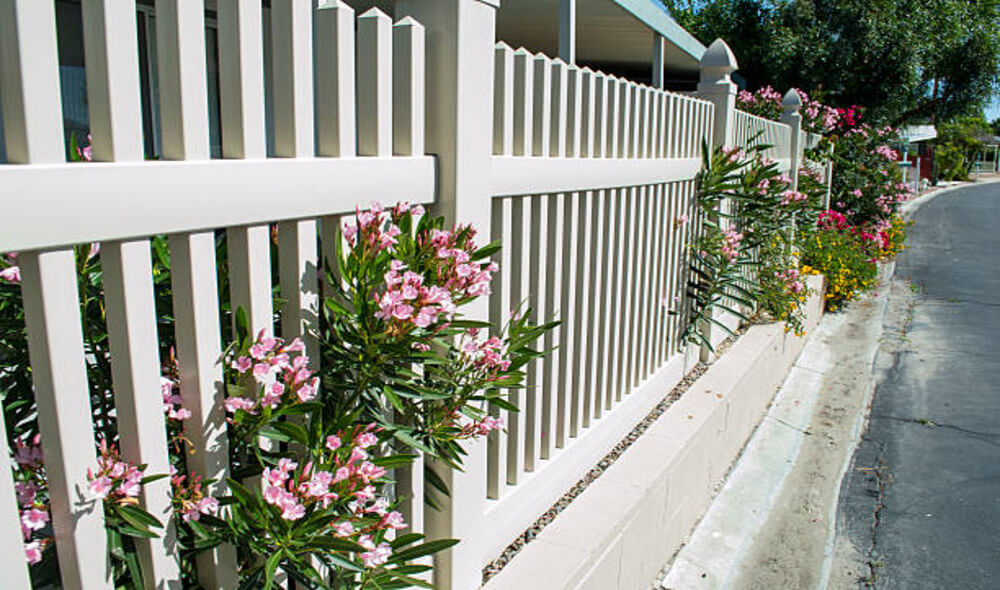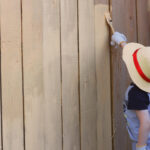When considering different fencing options for your property, it’s important to assess their durability and ability to withstand various weather conditions, including strong winds. Vinyl fencing has gained popularity in recent years due to its low maintenance, durability, and aesthetic appeal. In this blog post, we will explore whether vinyl fencing can withstand wind and discuss its features that contribute to its wind resistance.
1. Sturdy Construction
Vinyl fencing is constructed using high-quality PVC (polyvinyl chloride) materials, which are known for their strength and durability. The panels are designed to be rigid and sturdy, providing a solid barrier against external forces, including wind. The individual components of vinyl fencing, such as the posts, rails, and panels, are engineered to interlock securely, creating a robust and stable fence structure.
2. Impact Resistance
Vinyl fencing is designed to be impact-resistant, which contributes to its ability to withstand wind. The material is flexible and has a certain degree of give, allowing it to absorb and distribute the energy from wind gusts or other impacts. This flexibility helps prevent the fence from cracking or breaking under pressure, ensuring its longevity even in windy conditions.
3. Reinforced Design
To enhance wind resistance, vinyl fencing often incorporates reinforcement features. Some manufacturers include aluminum or steel inserts within the vinyl posts and rails, increasing their strength and rigidity. These reinforcements provide additional support and stability, reducing the risk of the fence panels being dislodged or damaged during strong wind events.
4. Proper Installation
Proper installation plays a crucial role in maximizing the wind resistance of vinyl fencing. It is essential to ensure that the posts are securely anchored in the ground, preferably using concrete footings. Adequate spacing between posts and proper alignment are also important factors to consider. A professional fence installer can ensure that the fence is installed correctly, minimizing the risk of wind-related issues.
5. Wind Load Ratings
When selecting a vinyl fence, it is advisable to check the manufacturer’s specifications for wind load ratings. These ratings indicate the maximum wind speeds that the fence has been tested and certified to withstand. Opting for vinyl fencing with a higher wind load rating provides added assurance that it can withstand strong winds in your area.
Vinyl fencing is known for its durability and low maintenance qualities, and it can indeed withstand wind when properly installed and maintained. The sturdy construction, impact resistance, reinforced design, and adherence to wind load ratings contribute to its ability to withstand wind forces. However, it is essential to consider the specific wind conditions in your area and ensure proper installation for optimal performance. By choosing vinyl fencing and taking necessary precautions, you can enjoy a reliable and wind-resistant fencing solution that enhances the beauty and security of your property.







